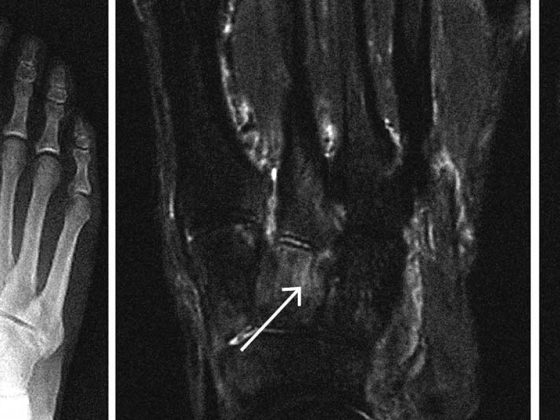Question wording: Can the neural correlates of guilt predict depressive recurrences?
Background
Depression is often a chronic condition in which periods of relative recovery are interrupted by relapses. Reliable predictors of recurrence could significantly influence therapy. In remitted phases, symptoms often continue to be present subliminally, and their severity correlates with the risk of recurrence. This is the case, for example, for guilt, which is also an important cognitive component of depression and whose neurobiology is increasingly well understood. The subgenual anterior cingulate (SGAZ) and the anterior temporal lobe (AT) play important roles in this process. Activity in the SGAZ predicts treatment response, is a target of neurosurgical intervention, and correlates with a tendency for guilt, while the AT is involved in the integration of social information [1,2]. Lythe et al. investigated the extent to which correlates of guilt in parts of the default-mode network could be used to predict recurrence.
Patients and methodology
In the largest prospective cohort study to date on this topic, 75 medication-free patients with known recurrent depression were studied. Functional magnetic resonance imaging (fMRI) was used to compare neural responses to blame attributions to self or a close friend. Analyses focused on functional connectivity, i.e., the correlation of temporal activation trajectories in different brain regions, primarily in the SGAZ and AT.
Results
Functional connectivity between AT, SGAZ, and ventral striatum predicted recurrences with 75% accuracy. This was significantly better than prediction based on clinical variables (61%). Effect sizes were large (Wilk’s=0.68).
Conclusions of the authors
Self-directed guilt leads to activation patterns in remitted depressed patients that are more predictive of relapse than clinical measures.
Comment
Although early detection of high risk of relapse in depression is very important, there have been few, small studies in more heterogeneous samples. This more robust study highlights the potential applications of functional imaging, linking neuroscientific understanding of psychopathological processes with concrete clinical applications. The study, like previous studies, also demonstrates the importance of the medial prefrontal cortex in relapse, but highlights that it is not pure activity that is predictive, only correlation with regions. Thus, it may be that specifically the integration of affective information with social understanding underlies the recurrence-promoting potential of guilt.
Literature:
- Mayberg HS, et al: Targeted electrode-based modulation of neural circuits for depression. J Clin Invest 2009; 119(4): 717-725.
- Green S, et al: Guilt-selective functional disconnection of anterior temporal and subgenual cortices in major depressive disorder. Arch Gen Psychiatry 2012; 69(10): 1014-1021.
InFo NEUROLOGY & PSYCHIATRY 2016; 14(2): 31.











